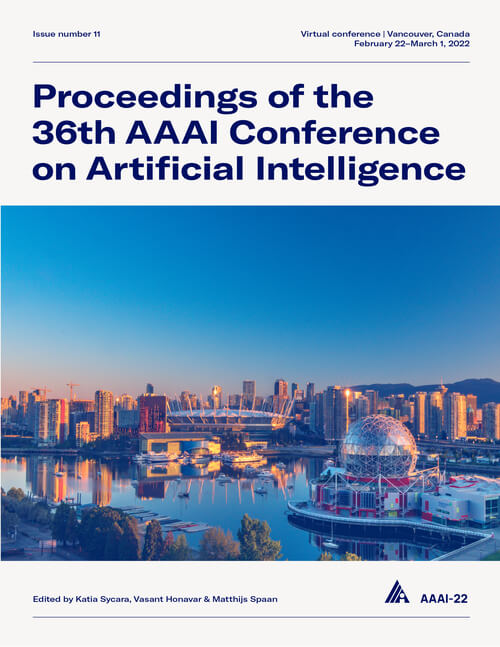Hybrid Deep Learning Model for Fake News Detection in Social Networks (Student Abstract)
DOI:
https://doi.org/10.1609/aaai.v36i11.21670Keywords:
Fake News, Social Network Analysis, Graph Attention Network, Convolutional Neural Network, Sentiment Analysis, Multi-Modal ModelsAbstract
The proliferation of fake news has grown into a global concern with adverse socio-political and economical impact. In recent years, machine learning has emerged as a promising approach to the automation of detecting and tracking fake news at scale. Current state of the art in the identification of fake news is generally focused on semantic analysis of the text, resulting in promising performance in automated detection of fake news. However, fake news campaigns are also evolving in response to such new technologies by mimicking semantic features of genuine news, which can significantly affect the performance of fake news classifiers trained on contextually limited features. In this work, we propose a novel hybrid deep learning model for fake news detection that augments the semantic characteristics of the news with features extracted from the structure of the dissemination network. To this end, we first extend the LIAR dataset by integrating sentiment and affective features to the data, and then use a BERT-based model to obtain a representation of the text. Moreover, we propose a novel approach for fake news detection based on Graph Attention Networks to leverage the user-centric features and graph features of news residing social network in addition to the features extracted in the previous steps. Experimental evaluation of our approach shows classification accuracy of 97% on the Politifact dataset. We also examined the generalizability of our proposed model on the BuzzFeed dataset, resulting in an accuracy 89.50%.Downloads
Published
2022-06-28
How to Cite
Upadhayay, B., & Behzadan, V. (2022). Hybrid Deep Learning Model for Fake News Detection in Social Networks (Student Abstract). Proceedings of the AAAI Conference on Artificial Intelligence, 36(11), 13067-13068. https://doi.org/10.1609/aaai.v36i11.21670
Issue
Section
AAAI Student Abstract and Poster Program

